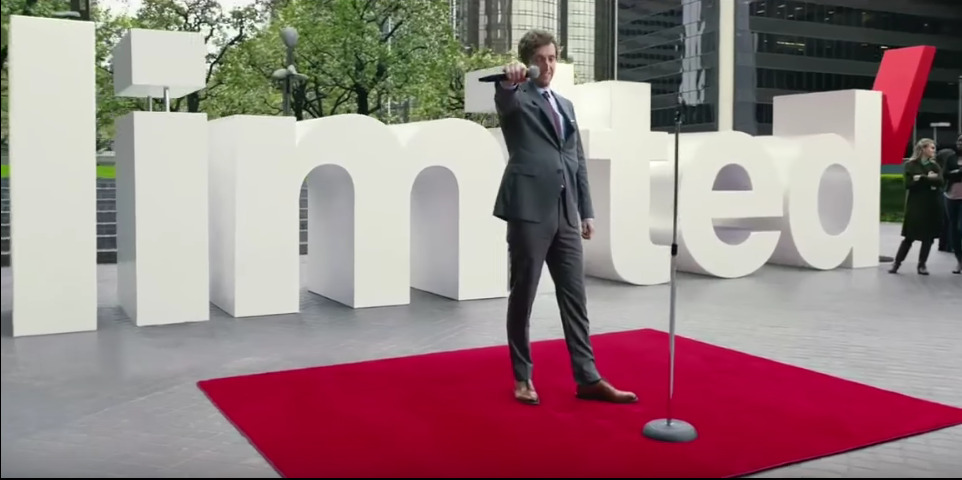Everyone Loves Their Unlimited Data Plans
Something unexpected happened last year: all the big carriers started offering unlimited data plans again, after unceremoniously dumping them three years ago. In response to T-Mobile's One plan, Verizon, AT&T, and Sprint all introduced or improved their unlimited data offerings.
As it currently stands, $60-$80 will get you an "unlimited" plan with any of the big four networks, which includes at least 20GB of full-speed unlimited data, some hotspot data, and most importantly, no unexpected fees in the unlikely event you hit the deprioritization limit on your plan.
[bgr-dont-miss url="" title="" label="" gradient=""]
Complain though you might about the abuse of the word "unlimited" in these plans, but there's no doubt that it's a much better deal for customers than plans at the same price point a few years ago. Bill shock is a thing of the past for the vast majority of customers, and heavy data users have far more options to stream video all day long.
New data from Cowen's quarterly survey of wireless customers, seen by Fierce Wireless, backs up the notion that these plans are popular. According to Cowen's data, a "surge in unlimited adoption" is continuing into 2018, with 53.4% of postpaid wireless customers now on an unlimited plan. That number is up nearly 2% from the quarter before, and it's up massively from 22.7% three years ago.
At times, the popularity of unlimited data has even been a problem for networks. Data from Ookla and OpenSignal showed that the surge in unlimited customers may have had an effect on Verizon and AT&T's networks, with data showing a decrease in average speeds for the months following the introduction of unlimited plans.
However, the same data shows that average speeds are on the rise again, despite unlimited plans being more popular than ever. At this point, it definitely looks like unlimited is here to stay; hopefully, those limits on video quality and hotspotting won't stick around for so long.
